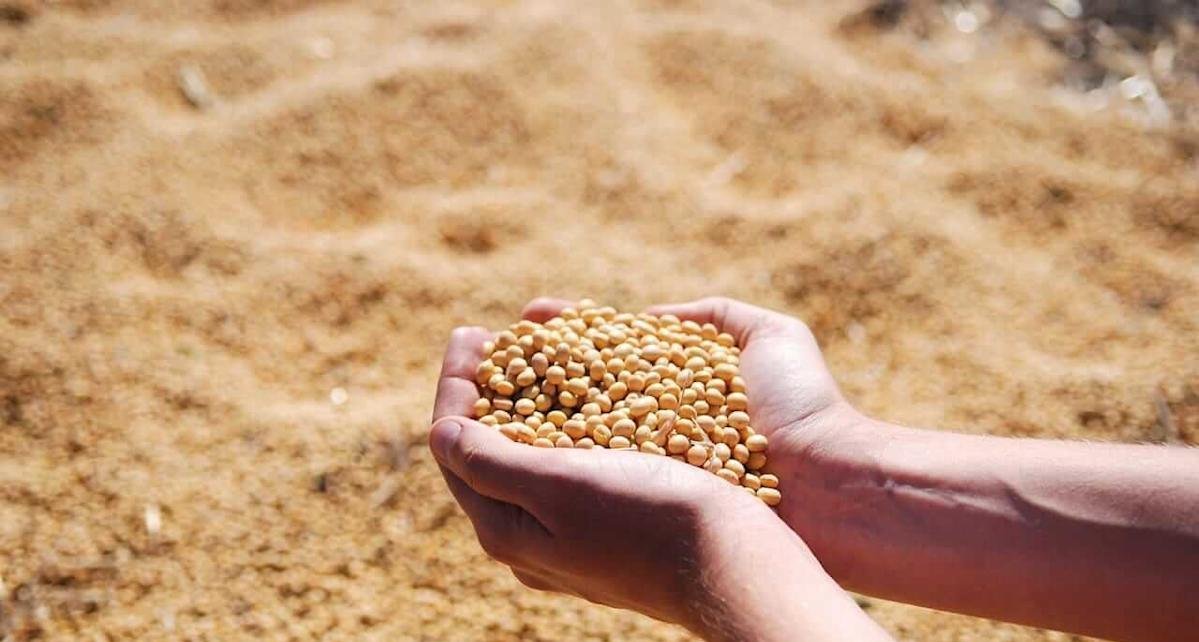USDA Cuts Yield, Raises Production
The USDA’s monthly Crop Production report trimmed the 2025 U.S. soybean yield forecast by 0.1 bushel per acre to 53.5 bpa, a figure that still exceeded most pre-report estimates. Planted and harvested acreage estimates were each increased by 210,000 acres to 81.135 million acres, resulting in an 8-million-bushel boost to projected output, now pegged at 4.3 billion bushels. Analysts had anticipated a 21-million-bushel decline.
Old-crop ending stocks were left unchanged at 330 million bushels. For the 2024/25 marketing year, ending stocks are forecast at 300 million bushels, up 10 million from the previous outlook. The agency lowered export expectations by 20 million bushels but lifted domestic crush projections by 15 million bushels, partially offsetting the export reduction.
Globally, old-crop soybean stocks declined 1.61 million metric tons to 123.58 MMT, primarily because of a downward revision to Argentine inventories. New-crop world carryout slipped 0.91 MMT to 123.99 MMT.
Managed Money Turns Net Short
The Commodity Futures Trading Commission’s weekly Commitment of Traders report showed managed-money firms holding a net short position of 14,714 soybean contracts as of Tuesday, a swing of 26,678 contracts to the short side in one week. The shift indicates that speculative traders became more bearish even as futures prices moved higher.
Commercial participants and hedgers, meanwhile, modestly trimmed their overall short exposure. Analysts will scrutinize next week’s data to gauge whether Friday’s price strength encouraged money managers to cover shorts or initiate new longs.
Key Price Levels
At Friday’s close, benchmark contracts posted the following settlements:
• Sep 2025 Soybeans: $10.25 ¾ per bushel, up 20 ¼ cents
• Nov 2025 Soybeans: $10.46 ¼, up 12 ¾ cents
• Jan 2026 Soybeans: $10.65 ¼, up 12 ¾ cents
• Nearby Cash: $9.70 ¼, up 13 cents
Industry Awaits NOPA Crush Figures
The next significant data point for oilseed markets arrives Monday, when the National Oilseed Processors Association releases its August crush report. Traders expect member plants to have processed 182.857 million bushels, a figure that, if realized, would offer additional insight into domestic demand trends.
With harvest activity ramping up and export programs underway, market participants will monitor weather conditions, logistical developments, and any further adjustments to supply-and-demand tables. Volatility may persist as the balance between record production and uncertain demand continues to evolve.
See our latest Finance News Update , visit our Finance News Update section.
Finance News Update
Image credit: Pixabay



